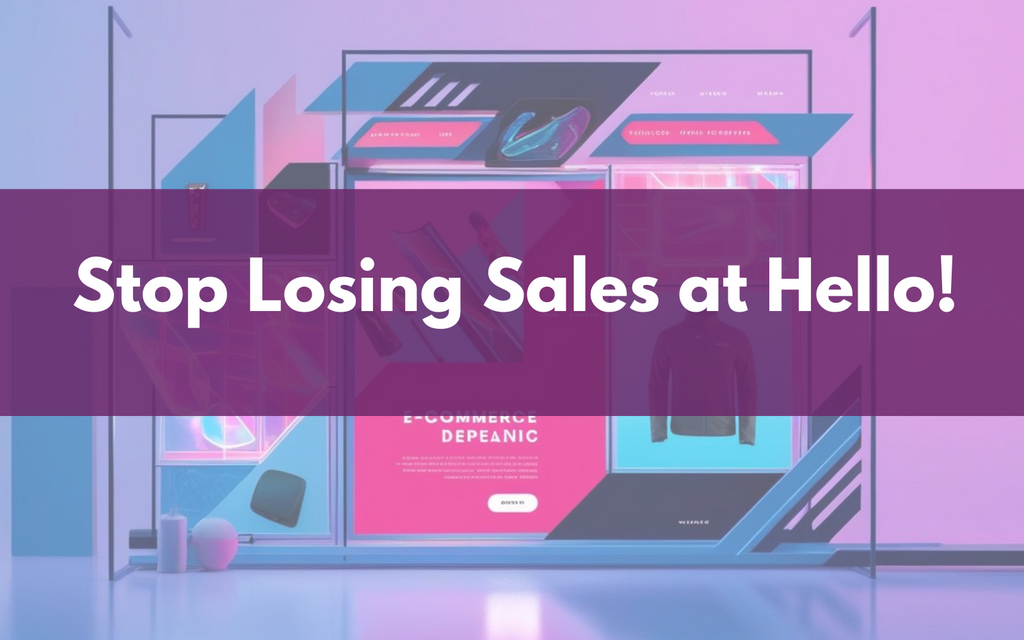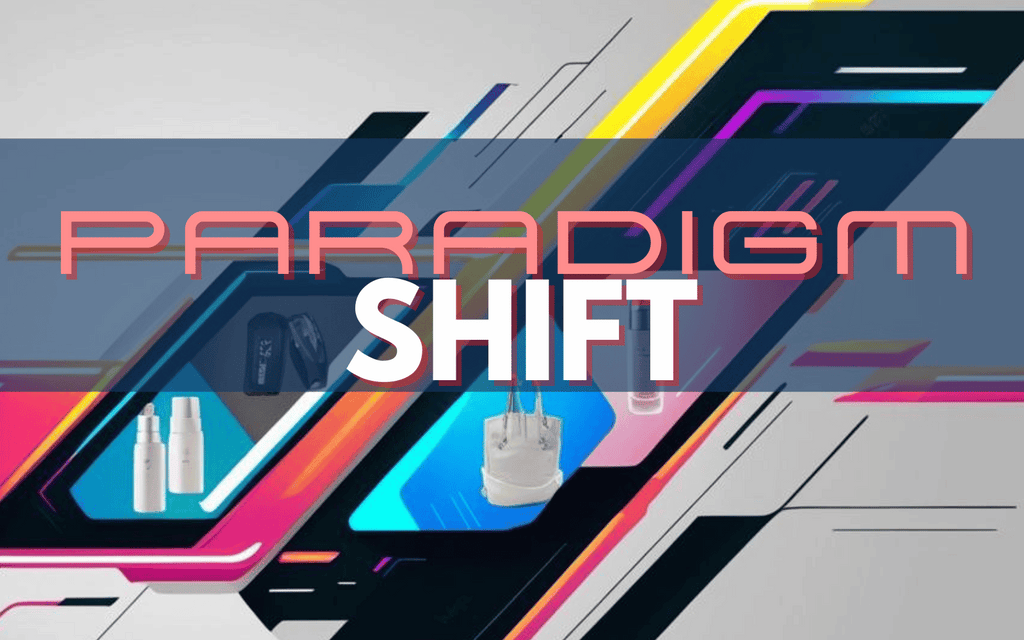30 Videos - Launch Your Shopify Store Course Information
Let’s Get Started!
1. The training videos are in a specific order. Please work through them in the order they come. Don’t skip any. This is a proven process that will get you where you need to be as quickly as possible. This system works. Even if you feel like a lesson isn’t right for you, I urge you to get stuck in regardless.
ACTIVITY:
2. Join the members-only Facebook Group and introduce yourself!
www.facebook.com/shopifylaunch
Introduce yourself and add this to your post :)
“Just joined Veronica's Blueprint for Shopify! Super excited to get started!”
3. Start with your videos set out in the 'GUIDES'. 4. Remember, you will find all the videos in the FACEBOOK MEMBER GROUP:
www.facebook.com/shopifylaunch
ARE YOU REACH TO ROCK?
COURSE MODULES
These are all your modules for your course. The videos are created in each guide so it is easy to follow and move to the next video.Follow each video sequentially and you will have a successful business to launch!
I have created the 30 videos for the Launch Your Shopify Store Course because it is a huge undertaking to create a store and know where to add all your information and not feel overwhelmed.
You can take your time to create your store. View a video every day - do it at your own pace. Each video will deal with just one aspect of your store and your online business.
Ecommerce Success Blogs

Stop Losing Sales at Hello - A No-BS Guide to Fixing Your Ecommerce Store's First Impression
Consider how people actually use your store's homepage.

What Successful Ecommerce Store Owners Need To Do Differently in 2025
The Future of E-commerce - A paradigm shift for e-commerce in 2025!

9 Critical Mindset Shifts to Actually Make Money with Your Online Store in 2025
(Disclaimer: this is not an article for the faint of heart - but for entrepreneurs that really want to improve ~ Veronica Jeans)

